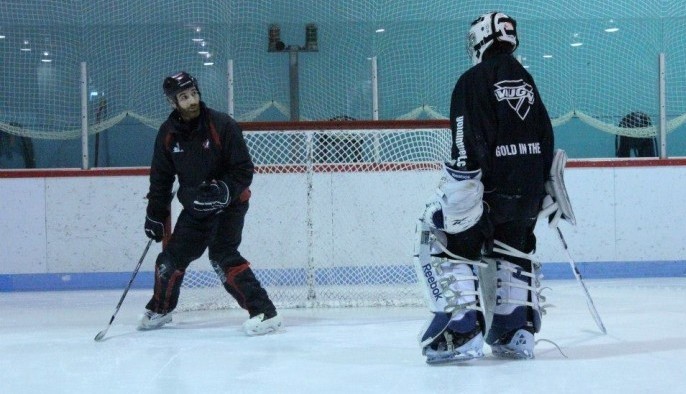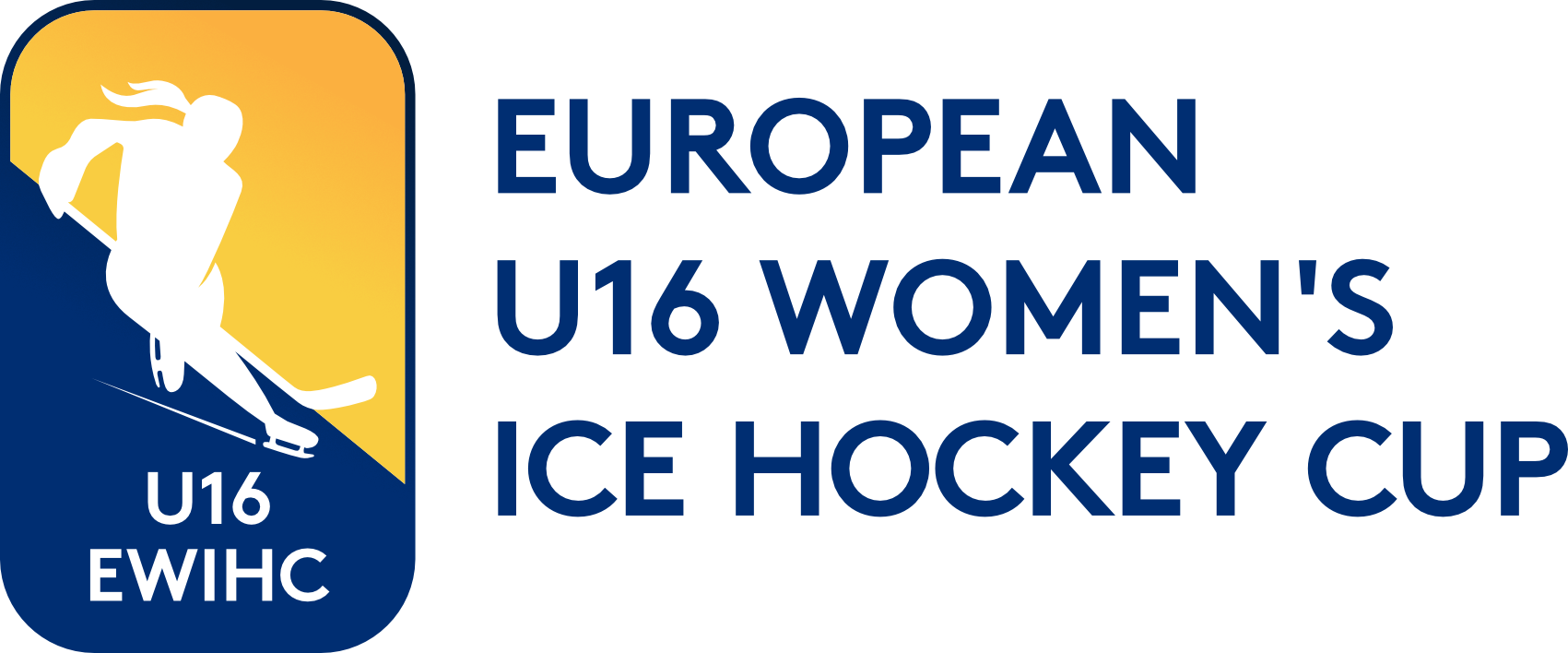
People may not know but Hockey Canada has a Hungarian among their coaches, András Sájevics was on the Hungarian U18 and U20 national teams and played professionally for both Ferencváros and Újpest. SInce he has retired he has been coaching for Hockey Canada in northern part of Quebec province. András sat down with icehockey.hu for this weekends long read.
How did you end up with Hockey Canada and how is you program set up specifically?
I started in 2011 and my link to the program was through speedskating, the daughter of the founder of this program speedskates and my wife was her coach, this was how i got involved when they needed a goalie coach.
What should we know about this region in Canada?
A large part of the Canadian population lives along the U.S.-Canada border, in Quebec this is the same where most of the population lives in southern Quebec. Nunavik is part of this province, which is about 1,500 Km north of Quebec City and Montreal. This region is about is five times the size of Hungary, with roughly 12,000 Inuit inhabitants living here. This is a very isolated region from the rest of the province. People don’t really travel north up to the region, so people with the proper background are rare and hard to find, this is why the opportunity was available for me. At that time I didn’t speak French and the Inuits second language after their native tongue is English, which I could speak at a basic level at that time.
This is how it started and I have spent the past four season there, people have to know that in this region this is the number one sport for kids and that this is their everything, regardless of how far they live from Montreal, the Canadiens are the team they root for. They live and die for hockey and the NHL, because of this you are better off if you work in hockey than if you are a teacher or or have another type of job, in try to get work and influence kids.
The way the program is set up is that there is a tournament in the Nunavik region where the games are played in four different town at different times, but usually at the end of the season. The kids are invited to these tournaments where large number of them have to fly in or take a boat because there isn't always traditional roads to travel on. There are about 140 kids coming from 14 towns and villages, after the regional tournament we called 60 guys for a select team, which then gets cut down to 30 in a training camp. This team travels south to face other teams from all over Quebec province in tournaments in February and March which are held in Quebec City, Montreal and in Ottawa Ontario.
How many age groups are you working with and how do you work with them?
I worked with five different age groups, U10, U12, U14, U17 and the women’s U17 team, which is more 13-17. The program has a center located in Kuujjuaq, this is the largest town in the region with a population of 3,000 people, this is where the infrastructure is the most developed. This is where the kids have training camps and this is where they travel from when the go south to the tournaments.
What is the main goal of Hockey Quebec?
The goal of the program is that instead of outsiders coaching with the local athletes, we train coaches as well so that eventually they take over the coaching in the youth system. When players out grow the U17 age group we try to get the ones that have been around a couple of years to get involved in coaching. The coaching program is relatively centralized and we can see who is at what level.
Does this mean that eventually the will be licensed official coaches?
This is the exact purpose of Hockey Quebec, the official coaches that come out of the program become the coaches for the next generation. The director of the program is determined to keep these programs around, and we help out with coach development as well. The participants in the program can go back home and work in their villages and towns as official coaches. The coaching papers that they receive is in between the LTP and the B-license in Hungary.
What are the people like from your European perspective?
At the beginning I didn’t really get to see into this Northern life style, the Inuit life. It was strange at first, something that I would see in National Geographic. The people up there are really cut off from the rest of Canada. Travel between villages is done by air and water or even sleigh. In the last 50 years the self destructive lifestyle has also developed in the region. Originally the goal of the winter was always to survive, but with today's modern amenities survival is basic and now the influence of drugs and alcohol is on the rise and is destroying the community. The nomad culture that had lived for centuries has been wiped out in half a decade and the Inuit community is struggling to adjust to this.
How much does the program help to work with the social problems in the region?
The program started in 2006, almost ten years ago, back then 90%-95% of the kids at the age of 12 smoked and a lot of 8-10 years smoked. With so many kids going through this program in the region these numbers have decreased. We not only taught them to be better hockey players but also a healthy lifestyle as well.
This past offseason András Sájevics and his wife Erika welcomed a baby girl into their life as Erika gave birth to their daughter Anna. Because of the family András has moved on to coach in Quebec City for the Typhon youth hockey system.
